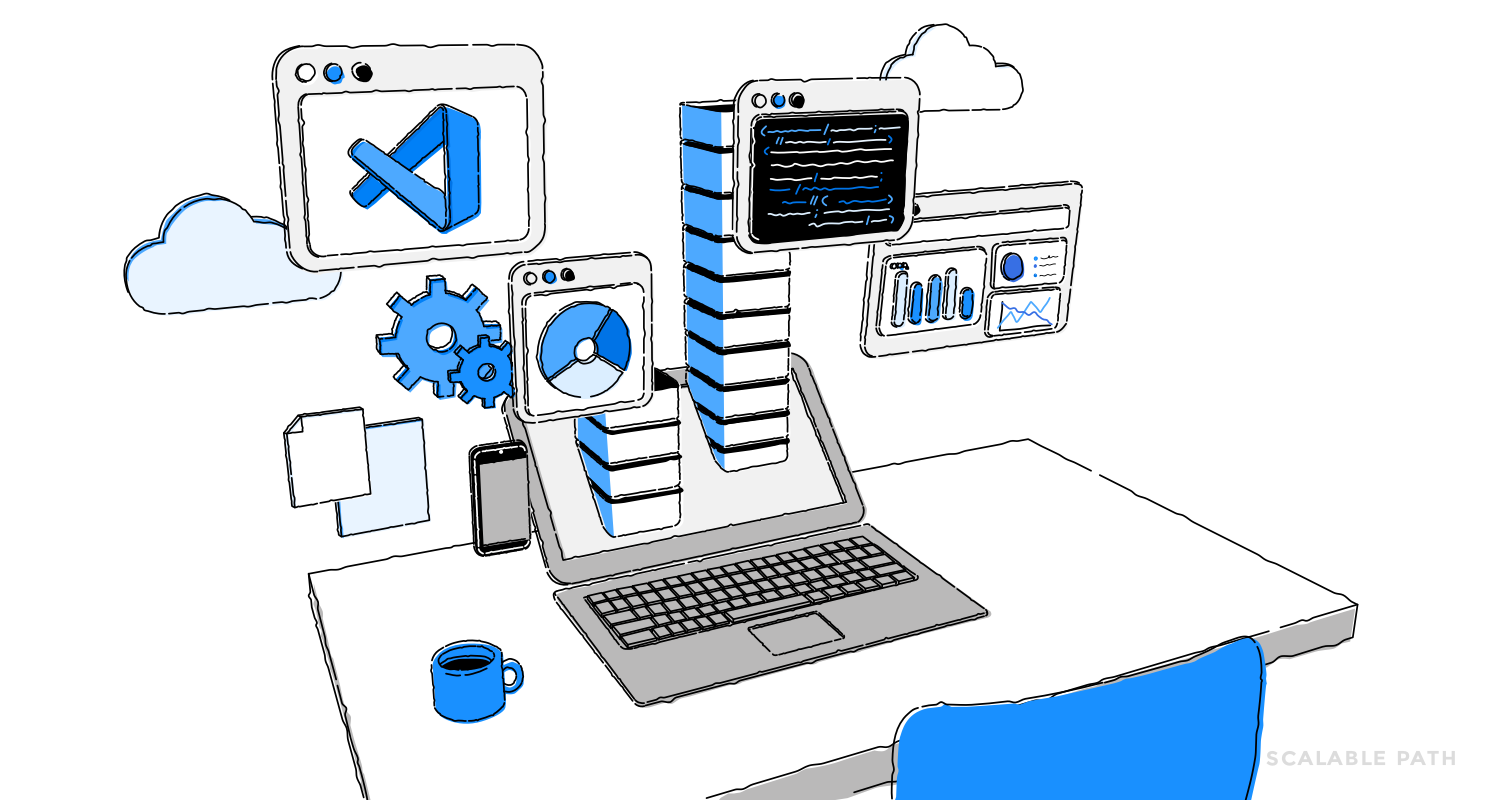Technologies and Tools for .NET Developers

In our previous article, we covered what .NET is and the main features that drove .NET to be the framework of choice for millions of developers around the world, and how it allows them to create solid applications for any platform, from desktop and mobile to the web and cloud.
But the framework itself is only the tip of the iceberg when it comes to the .NET environment. Let’s take a dive into the complementary technologies and tools that make working with .NET so beneficial.
Table Of Contents
LINQ
Language Integrated Query (LINQ) is one of the things that makes working with .NET a breeze. It was introduced in .NET Framework 3.5 back in 2007.
Integrating a querying language into any programming language is feasible through a set of constructs that provide powerful search capabilities within the programming language syntax. LINQ introduced new models for data manipulation. Such models can be extended to potentially query any type of data source.
This set of .NET technologies make it easier for developers to work with data, as it treats the queries as a first-class programming language construct. This allows us to model a database through classes and then search the database, as well as insert, update or delete data. LINQ supports transactions, views and stored procedures. It also provides an easy way to integrate data validation and business logic rules.
LINQ has a set of query operators which form the LINQ pattern to work with data. Calls to query methods can be chained together in one query, which enables queries to become arbitrarily complex.
By using LINQ, we get the following advantages:

